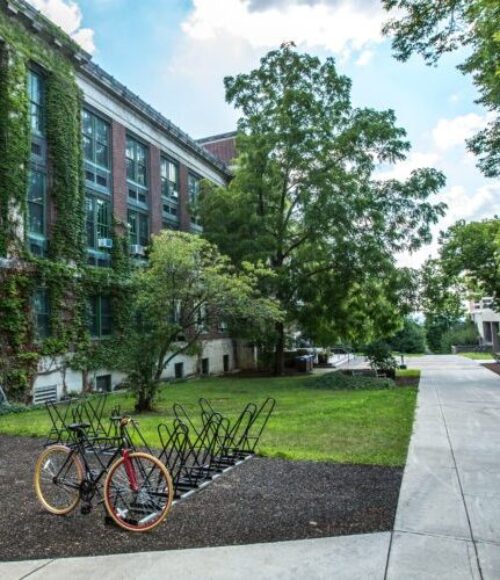Getting Student Buy-in for Your School’s Reopening Plan
Getting Student Buy-in for Your School’s Reopening Plan
The fall semester is quickly approaching, and colleges are in the throes of decision-making about what, exactly, that semester will look like. According to The Chronicle of Higher Education, 86% of colleges are planning for at least some in-person classes (as of July 13, 2020). While that statistic sounds promising, it overlooks a couple of key pieces of information:
- The data set is incomplete. The Chronicle is currently tracking 1,150 schools. That’s about ⅓ of the total number of public universities and private nonprofit schools in the country. Although it’s possible the data gathered appropriately represent the intentions of all colleges, we don’t necessarily know that to be true.
- Planning and executing isn’t the same thing. Not by a mile. Many colleges have a “plan” that currently amounts to a statement of intent. They want to reopen in the fall, they hope to reopen in the fall, but they don’t yet fully know how to reopen in the fall. Obstacles and unforeseen challenges, including the rapidly rising case numbers in some states, may significantly alter the school’s ability to hold in-person classes. And schools may be hedging their bets in presenting the rosiest possible picture for reopening: they can always pull back those plans at the last minute if needed (although such actions may be followed by demands for tuition refunds).
I want to be clear that I know how diligently college administrators are working to create reopening plans for the fall. COVID-19 is absolutely unprecedented, a nationwide force majeure for which there were no contingency plans. However, it’s important that colleges don’t simply look for stopgap solutions until they can return to the status quo.
Whether or not students are back in the classroom in the fall, the pandemic has and continues to leave its mark on society. We’ll be socially distant for quite some time. An entire class of high school graduates has been unceremoniously thrust into a world of challenges. Missing graduation seems like a small speed bump compared to the questions about college, career, and health and safety.
What many schools are sorely missing in their reopening plans is input from those students, and their parents, who are directly affected by their decision. Publications such as The Chronicle of Higher Education, which are doing great work collecting these statistics, are targeted to college and university administrators, which means most students don’t have ready access to this kind of information. They’re left in the dark, while well-meaning teams make important decisions that will affect them considerably (the involvement of faculty and staff in these decisions also plays a role, and their inclusion seems to be more consistent, if uneven). Many schools are trying town halls and webinar sessions to keep students and families informed, but more involvement from students is needed.
Undoubtedly there are many factors behind colleges’ choices, conscious or not, to exclude students from their planning process. But it seems clear that at least part of the reticence relates to administrators’ fear of showing uncertainty. Yet that uncertainty, and the courage it takes to both admit it and act despite it, is the very thing that might earn schools much-needed trust and respect from current and prospective students.
Schools fear that admitting what they don’t know will make students lose faith. On the contrary, working together to find solutions creates greater buy-in for all parties involved. Imagine a coalition of administrators, faculty, students, and parents: each able to advocate in their own way for the conclusions and compromises they mutually agree to. A true community crafts a consensus plan to address this uncertainty will create more buy-in and commitment to whatever path is chosen.
Recognizing what you don’t know is the starting point for any significant learning moment. By letting down your guard, you start to invite in new ideas. And colleges very much need the new thoughts and paradigms that outside voices, including those of a younger generation, have to contribute. This is a time for openness, invention, and resourcefulness.
I encourage administrators everywhere to take advantage of the opportunity before you. Don’t find a band-aid solution to get by until you can resume the status quo. Take pieces of what worked well in your previous system and leave the rest behind. There are bright minds that exist inside your college and your community: involve them in the conversation.
Related Ideas
The Gig Economy is Here to Stay—What Does That Mean for Higher Ed?

